The Lion’s Royal Announcement

When you think of a big cat’s roar, the lion probably comes to mind first. It’s the stuff of legends, movies, and childhood dreams. A male lion’s roar can reach up to 114 decibels — that’s louder than a chainsaw and can be heard from five miles away.
But here’s what really gets me: lions don’t just roar to show off. They’re actually having conversations with their pride members, marking territory, and sometimes just saying “Hey, I’m here!” It’s like their version of posting on social media, except way more intimidating.
The Tiger’s Bone-Shaking Bellow

Tigers might be solitary hunters, but their roars are anything but quiet. These striped powerhouses can produce sounds that literally vibrate through your bones at frequencies so low they’re almost infrasonic. Standing near a roaring tiger feels like being next to a diesel engine that’s about to explode.
What makes a tiger’s roar special is its versatility. They’ve got different roars for different occasions — from the soft “chuff” greeting to the earth-shaking territorial call that makes every creature within miles take notice.
The Jaguar’s Guttural Grunt

Don’t let the jaguar’s compact size fool you. These South American powerhouses pack a roar that’s deeper and more guttural than their bigger cousins. It’s like listening to a motorcycle revving in a concrete tunnel — raw, powerful, and slightly terrifying.
Jaguars have the strongest bite force of any big cat, and their roar reflects that power. When they let loose, it’s not just sound — it’s a warning that says “I can crush turtle shells with my teeth, so maybe keep walking.”
The Leopard’s Raspy Saw
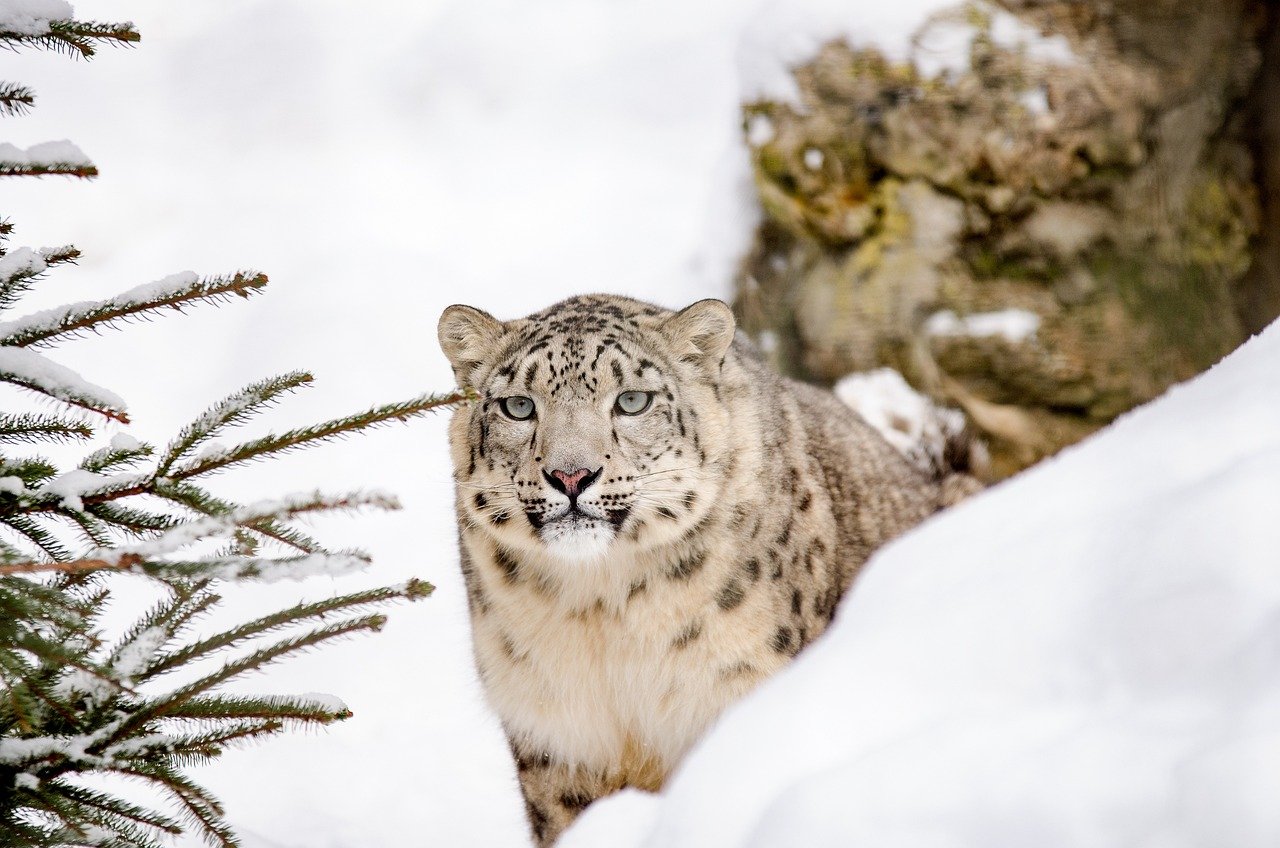
Here’s where things get interesting. A leopard’s “roar” sounds more like someone sawing through wood with a rusty blade. It’s repetitive, harsh, and honestly a bit unsettling if you’re not expecting it. But that distinctive rasping call serves them perfectly in their varied habitats.
Leopards are the ultimate adapters, living everywhere from African savannas to Asian mountains. Their unique vocalization cuts through different environments, whether it’s dense jungle or open grassland.
The Snow Leopard’s Silent Phantom
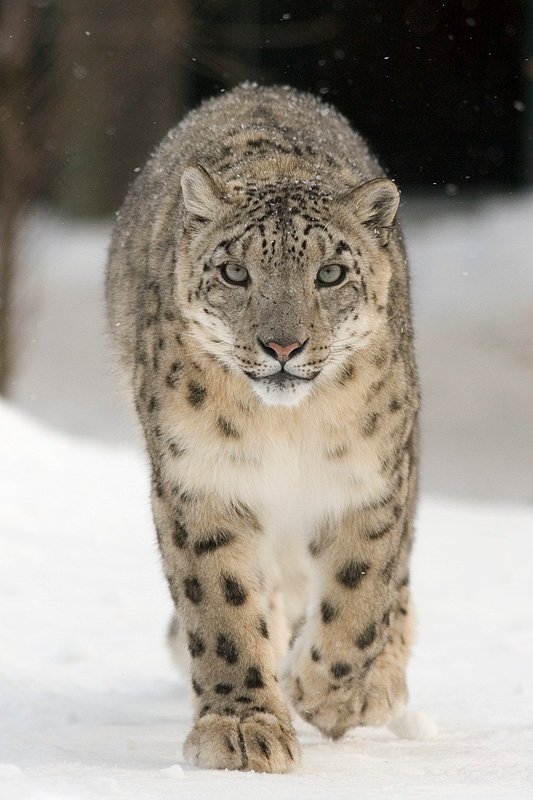
Plot twist: snow leopards can’t actually roar. These mountain ghosts lack the specialized larynx structure that allows other big cats to produce those bone-rattling sounds. Instead, they communicate through chuffs, growls, and an adorable chirping sound that seems almost too cute for such a fierce predator.
But honestly, when you’re perfectly camouflaged against rocky cliffs and can leap 50 feet in a single bound, who needs to roar? Silent and deadly wins every time in the high altitude game.
The Cheetah’s Chirping Chat
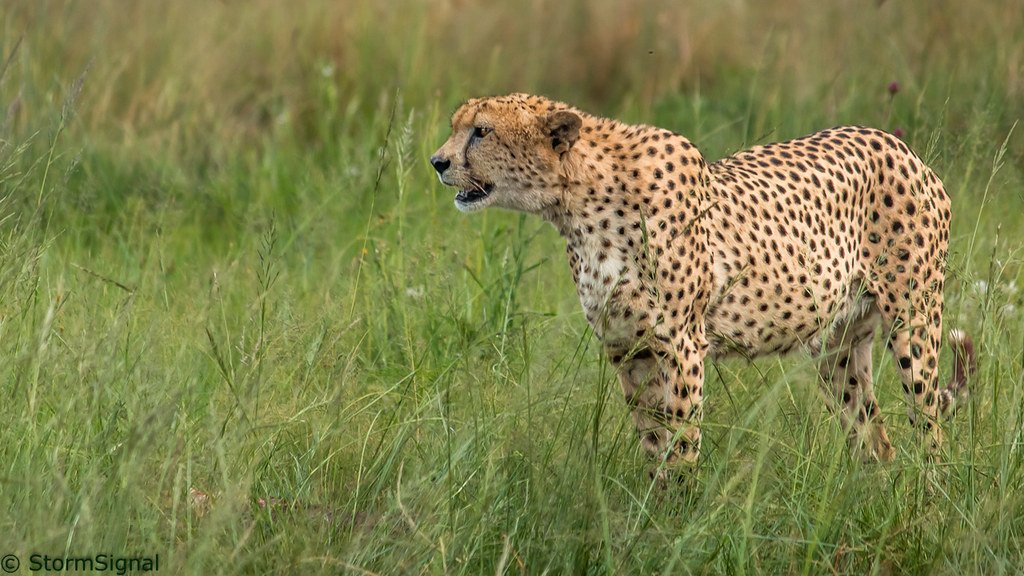
Another surprise entry: cheetahs can’t roar either. These speed demons communicate through chirps, clicks, and purrs that sound more like a bird convention than a fierce predator meeting. Their vocalizations are high-pitched and almost musical compared to their roaring relatives.
What they lack in vocal intimidation, they make up for in pure speed. When you can hit 70 mph in three seconds, you don’t need to announce your presence — you’re already gone before anyone knows you were there.
The Cougar’s Spine-Tingling Scream

Mountain lions, also called cougars or pumas, produce some of the most unsettling sounds in the animal kingdom. Their “scream” is a high-pitched wail that sounds like something straight out of a horror movie. It’s not technically a roar, but it’s definitely more terrifying than most actual roars.
Hearing a cougar scream in the wild is an experience you’ll never forget. It cuts through the night air like a banshee’s wail, making every hair on your body stand up and your brain scream “run” even before you consciously process what you’re hearing.
The Bobcat’s Surprising Yowl

For such a relatively small cat, bobcats can produce an impressive range of vocalizations. Their angry yowl can sound like a cross between an angry house cat and a small demon. It’s sharp, persistent, and way louder than you’d expect from something that weighs about 20 pounds.
Bobcats are proof that size doesn’t always matter when it comes to making noise. These fierce little hunters use their voices strategically, especially during mating season when the woods echo with their otherworldly calls.
The Lynx’s Haunting Wail
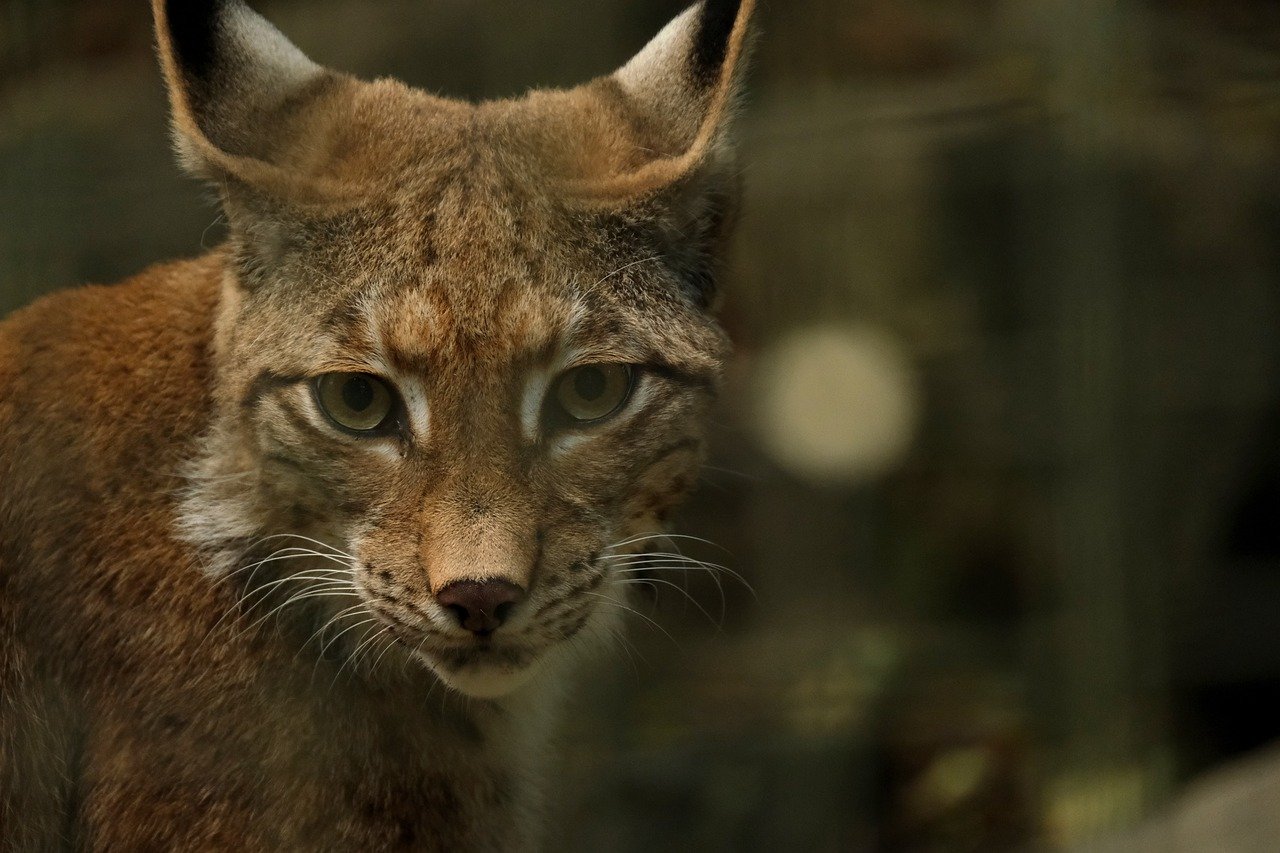
Lynx produce some of the most haunting sounds in the cat world. Their calls range from soft meows to blood-curdling screams that echo through northern forests. It’s like nature’s own soundtrack for a thriller movie, complete with dramatic pauses and bone-chilling crescendos.
These tufted-ear beauties are masters of vocal communication, using different sounds to express everything from territorial claims to romantic interests. Their winter calls across snowy landscapes create an almost mystical atmosphere.
The Ocelot’s Melodic Meow
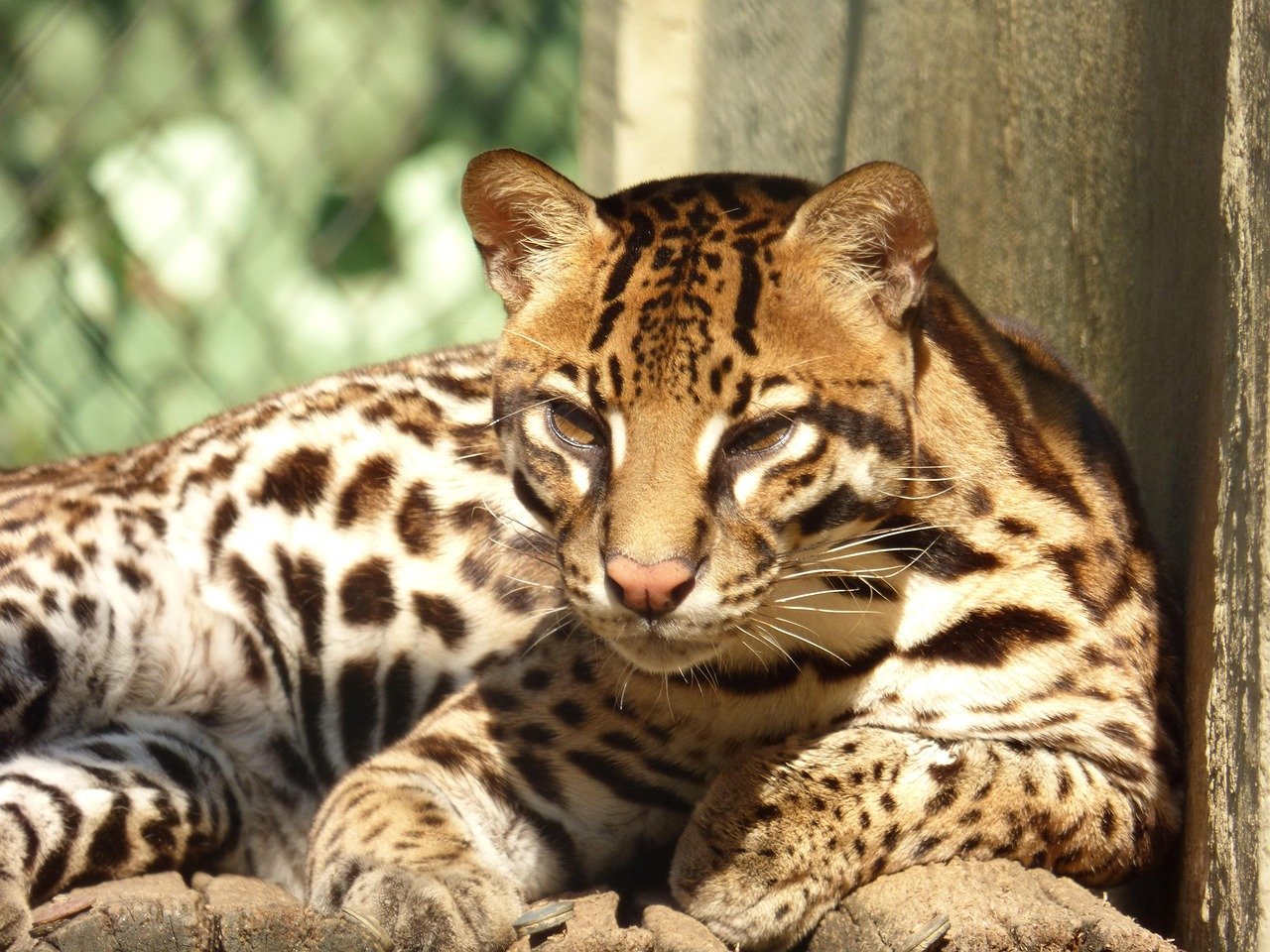
Ocelots bring a surprisingly musical quality to the big cat vocal repertoire. Their calls are melodic and varied, ranging from soft meows to more aggressive yowls. They’re like the jazz musicians of the cat world — improvising beautiful, complex vocalizations that seem almost conversational.
These spotted beauties use their voices extensively for social communication. Living in the dense rainforests of Central and South America, vocal communication becomes crucial when visual contact is limited by thick vegetation.
The Serval’s Explosive Bark
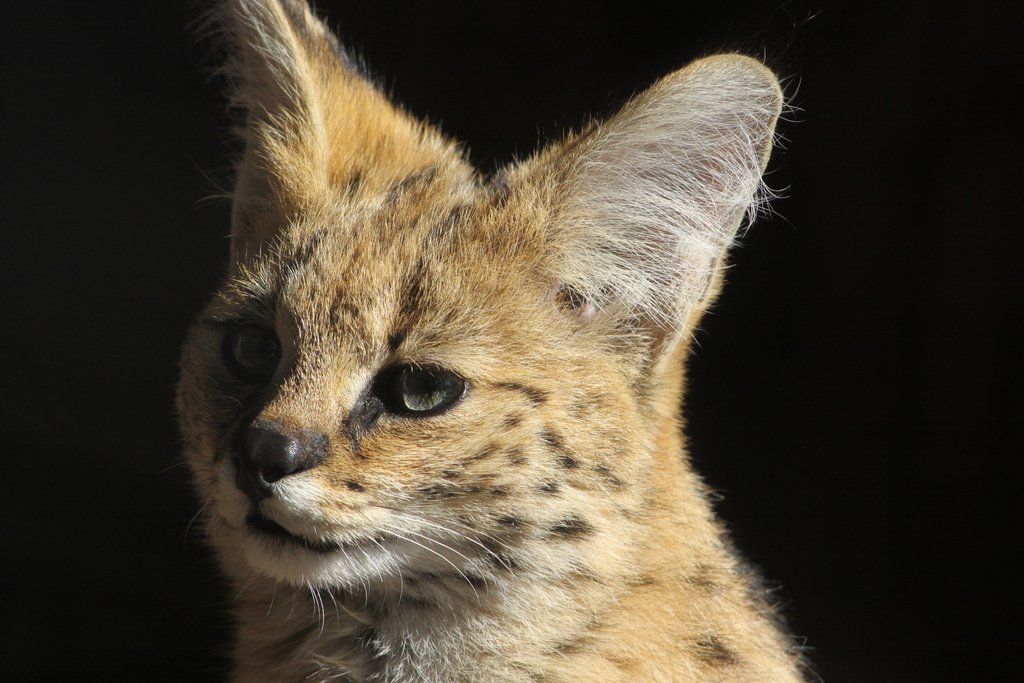
Servals produce one of the most unexpected sounds in the cat kingdom — a sharp, explosive bark that sounds more like a dog than a cat. This sudden, loud vocalization can startle anyone who isn’t prepared for it. It’s nature’s equivalent of a car backfiring.
With their oversized ears and incredible jumping ability, servals are perfectly adapted for hunting in tall grass. Their distinctive bark helps them communicate across the African savanna, cutting through the ambient noise of their grassland home.
The Caracal’s Silent Prowess
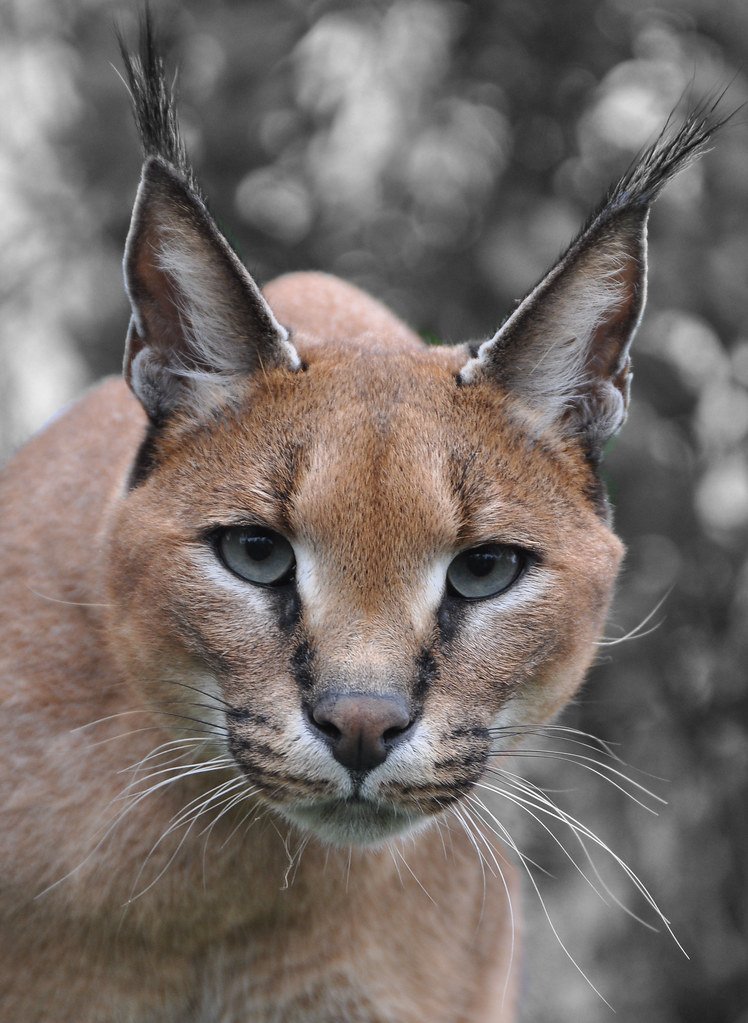
Caracals are the strong, silent types of the cat world. Known for their distinctive black-tufted ears and incredible athleticism, they’re relatively quiet compared to their more vocal cousins. When they do vocalize, it’s usually a soft chirp or gentle purr rather than anything approaching a roar.
These desert dwellers prove that sometimes the most impressive cats are the ones that let their actions speak louder than their voices. With the ability to leap 10 feet high and catch birds mid-flight, caracals have earned their reputation through skill, not volume.
Conclusion
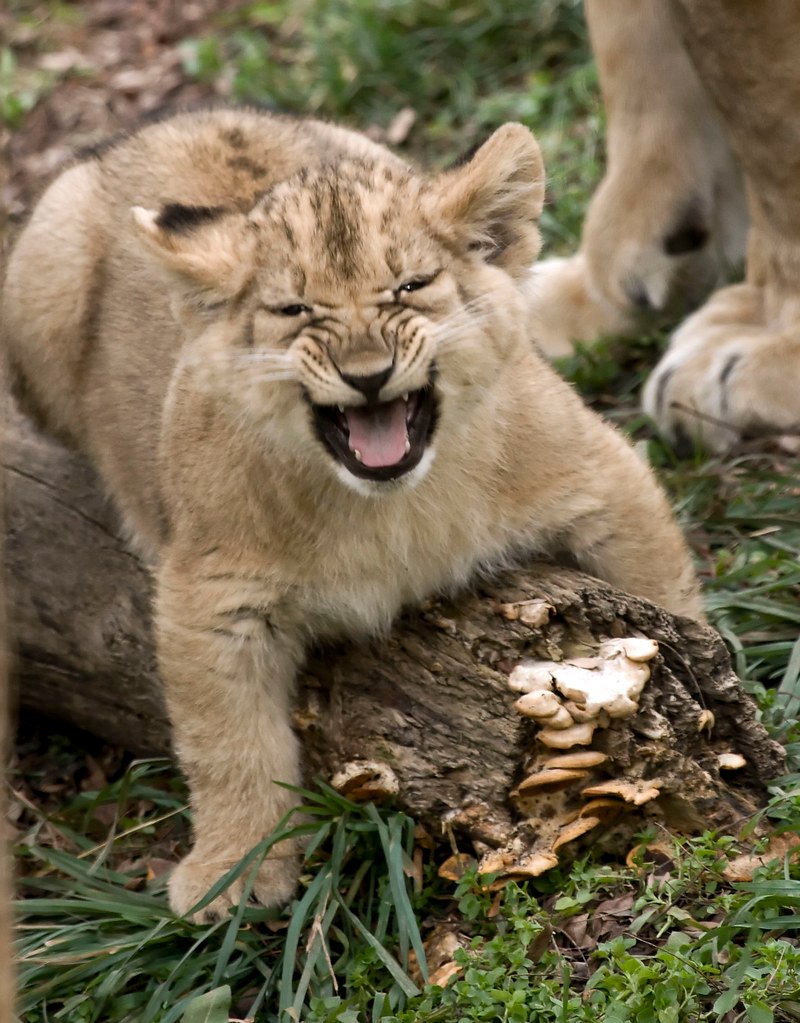
From the lion’s regal roar to the cougar’s spine-chilling scream, each big cat has developed its own unique vocal signature perfectly suited to its lifestyle and environment. These sounds aren’t just noise — they’re complex communication systems that have evolved over millions of years.
The next time you hear any of these magnificent creatures vocalize, whether in the wild or at a zoo, take a moment to appreciate the incredible engineering behind each sound. Every roar, chirp, and scream tells a story of survival, territory, and the wild spirit that makes these cats so captivating.
Which of these big cat voices surprised you the most?
Hi, I’m Bola, a passionate writer and creative strategist with a knack for crafting compelling content that educates, inspires, and connects. Over the years, I’ve honed my skills across various writing fields, including content creation, copywriting, online course development, and video scriptwriting.
When I’m not at my desk, you’ll find me exploring new ideas, reading books, or brainstorming creative ways to solve challenges. I believe that words have the power to transform, and I’m here to help you leverage that power for success.
Thanks for stopping by, Keep coming to this website to checkout new articles form me. You’d always love it!






